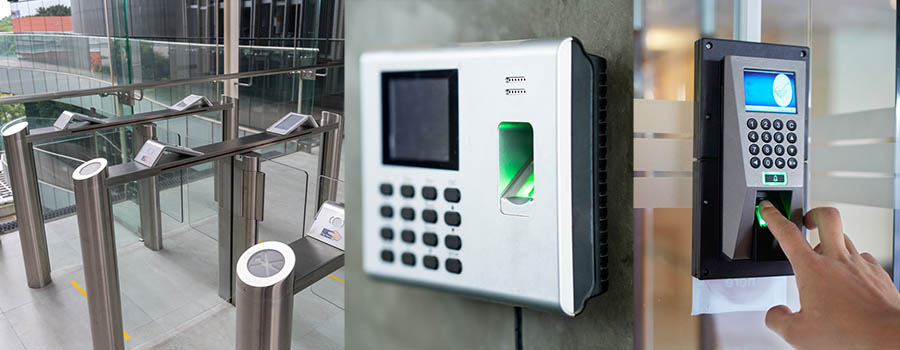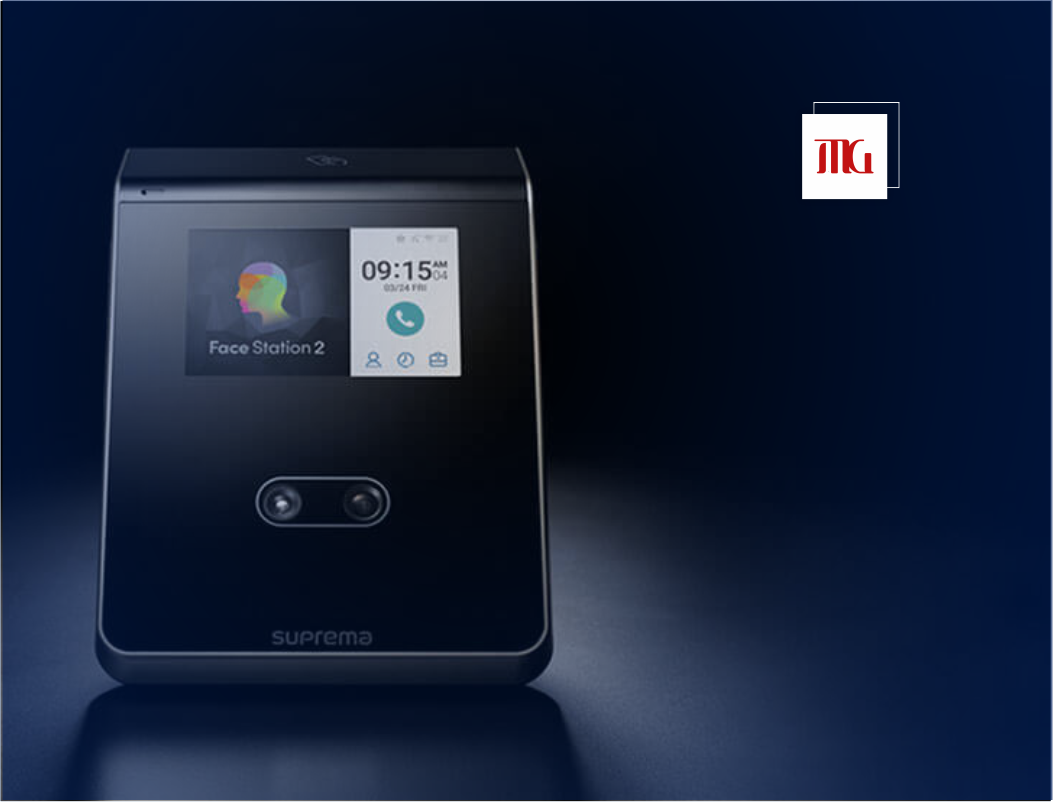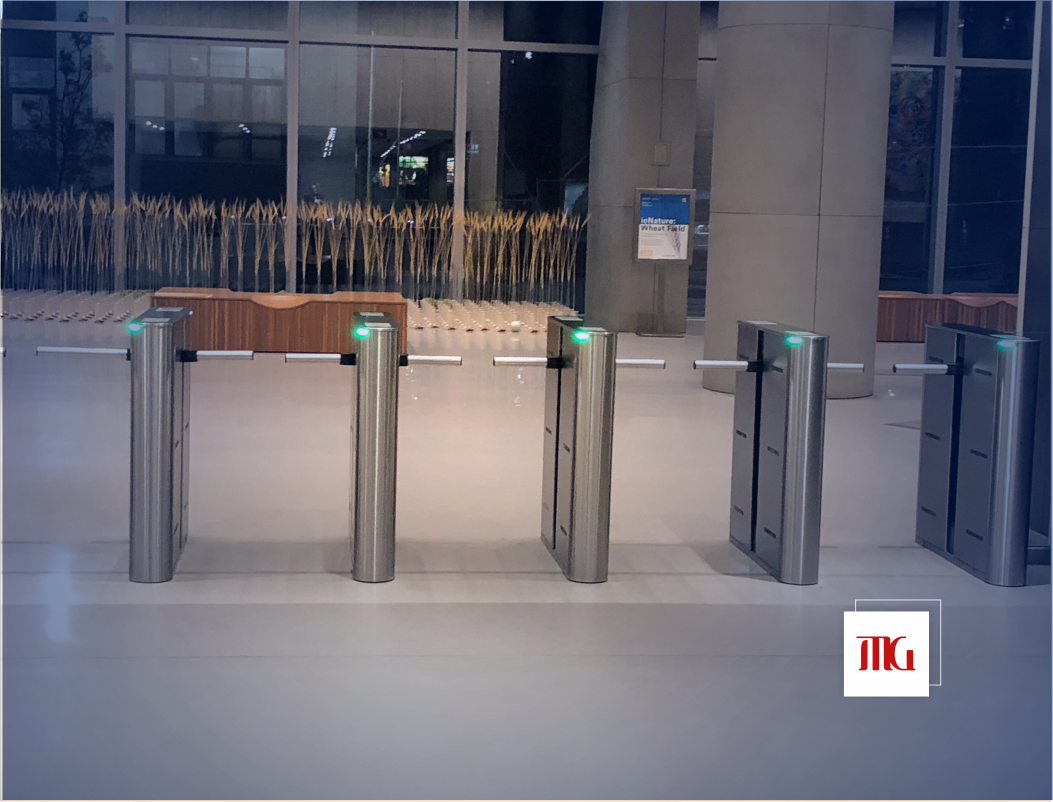Know About Access Control Systems
The cornerstone of today’s security architecture is access control systems, which manage access to sensitive locations, facilities, and buildings. To authenticate users and grant access based on predetermined standards, these systems make use of a range of technologies and techniques.
These technologies assist companies in maintaining control of their physical security perimeters while also protecting vital assets, information, and individuals.Security solutions known as access control systems are made to regulate and keep an eye on physical space entry by limiting who is allowed in and when.
An extra layer of security is offered by these systems against theft, vandalism, illegal access, and other security risks. A variety of settings, such as residential complexes, business buildings, government buildings, healthcare facilities, educational institutions, and industrial complexes, can use access control systems.
What are Access Control Systems ?
Access Control Systems (ACS) are security solutions that manage and monitor admission to physical locations by determining who is allowed to enter and when. These systems use a range of technologies and approaches to authenticate users and grant access depending on predetermined criteria. Access control systems are a critical component of overall security architecture, protecting against illegal access, theft, vandalism, and other security concerns.
The primary function of access control systems is to govern admission into buildings, facilities, and sensitive locations, ensuring that only authorized individuals, such as employees, residents, or allowed guests, have access. We dive into the complexities of access control systems in this extensive guide, covering their types, parts, operation, advantages, uses, and considerations.

Types of Access Control Systems
The concepts of authorization, monitoring, verification, and authentication form the foundation of access control systems. The system checks the validity of credentials presented by an individual to an access control reader by comparing them to databases or saved templates. Typically, access control systems are made up of many essential parts:
Authentication Devices
These devices are used to verify the identity of individuals seeking access. Common authentication methods include biometric recognition (e.g., fingerprints, facial features), proximity cards or key fobs, and PIN codes. Authentication devices are integral components of access control systems responsible for verifying the identity of individuals seeking access to secured areas. These devices utilize various technologies and methodologies to authenticate users based on their credentials.
Authentication devices play a critical role in the security and functionality of access control systems. By leveraging various authentication methods, these devices verify the identity of individuals seeking access and help ensure that only authorized users are granted entry to secured areas. The choice of authentication device depends on factors such as security requirements, user convenience, and the level of integration with existing infrastructure.
Access Control Readers
Access control readers are essential components of access control systems responsible for processing user credentials and determining whether access should be granted or denied. These readers interface with authentication devices, such as biometric sensors, proximity cards, keypads, or mobile devices, to verify the identity of individuals seeking access to secured areas.
Access control readers play a crucial role in the overall functionality and security of access control systems, enabling efficient and reliable authentication processes. Access control readers interface with authentication devices to process user credentials. Readers may be mounted on doors, turnstiles, gates, or other entry points.

Access control readers are essential components of access control systems, providing the interface through which users authenticate their identity and gain access to secured areas. By leveraging various authentication methods and communication protocols, these readers help organizations enforce security policies, protect assets, and maintain control over access to their facilities.
Control Panels
Control panels are central components of access control systems responsible for managing and coordinating the operation of authentication devices, access control readers, and locking mechanisms. These panels serve as the brains of the access control system, facilitating communication between various system components and executing access control policies based on predefined rules and configurations.
Control panels play a crucial role in ensuring the security, efficiency, and functionality of access control systems. Control panels serve as the central processing units of access control systems, managing communication between authentication devices, access control readers, and locking mechanisms.
Control panels store access control policies, user credentials, and event logs. Control panels are indispensable components of access control systems, providing centralized management, communication, decision-making, and monitoring capabilities. By serving as the central processing units of access control systems, control panels enable organizations to enforce security policies, regulate access to protected areas, and maintain control over their physical security perimeters.
Implementing An Access Control System
Access Control Systems are essential for improving security, guaranteeing adherence to legal requirements, and fostering a secure atmosphere for individuals, institutions, and businesses. When the credentials are successfully validated and satisfy certain requirements (such time-based access permissions), the locking mechanism is activated by the access control system, granting access. For the purposes of monitoring, auditing, and reporting, access control systems also keep thorough event logs and audit trails of all access actions.

Security Requirements:
Security requirements in access control systems are essential considerations to ensure the protection of assets, facilities, and personnel against unauthorized access, theft, vandalism, and other security threats. These requirements encompass various aspects of system design, implementation, operation, and management, aiming to enforce robust security measures and mitigate potential risks.
Organizations must assess their security needs and regulatory compliance requirements to determine the appropriate level of access control measures. By addressing these security requirements comprehensively, access control systems can effectively mitigate security risks, enforce access control policies, and maintain a safe and secure environment for organizations, facilities, and individuals.
User Training and Education:
User training and education are essential components of access control system implementation, ensuring that individuals understand access control procedures, security policies, and the importance of safeguarding credentials. Proper training empowers users to interact with access control systems effectively, reduces the risk of security breaches due to human error, and promotes a culture of security awareness within organizations.
Proper training and education should be provided to users to ensure they understand access control procedures, security policies, and the importance of safeguarding credentials. By investing in comprehensive user training and education programs, organizations can empower users to contribute to the effectiveness and security of access control systems, minimize the risk of security breaches, and create a culture of vigilance and responsibility toward security.
Maintenance and Support:
Maintenance and support are critical aspects of ensuring the optimal performance, reliability, and security of access control systems over time. These activities involve proactive measures to prevent system failures, address technical issues, and keep access control systems functioning at peak efficiency. Regular maintenance and technical support are essential to ensure the optimal performance and reliability of access control systems over time.
By implementing proactive maintenance practices and leveraging technical support services, organizations can ensure the reliability, performance, and security of their access control systems. Regular maintenance and support activities help minimize system downtime, optimize system functionality, and enhance overall security posture. Organizations must adhere to privacy regulations and data protection laws when collecting, storing, and processing user data within access control systems, particularly for biometric authentication methods.

Conclusion
Access control systems play a pivotal role in safeguarding assets, facilities, and personnel by controlling entry to secured areas. With their diverse range of components, working principles, benefits, applications, and considerations, access control systems serve as indispensable tools in modern security management. By implementing robust access control measures tailored to their specific needs, organizations can enhance security, streamline operations, and promote a safe and secure environment for all stakeholders.
Administrators can carry out operations including user provisioning, updating access control policies, and conducting system diagnostics using remote management tools without physically accessing the control panel. restrict panels allow companies to restrict access to protected areas, enforce security regulations, and keep an eye on their physical security perimeters. They do this by acting as the central processing units of access control systems.



